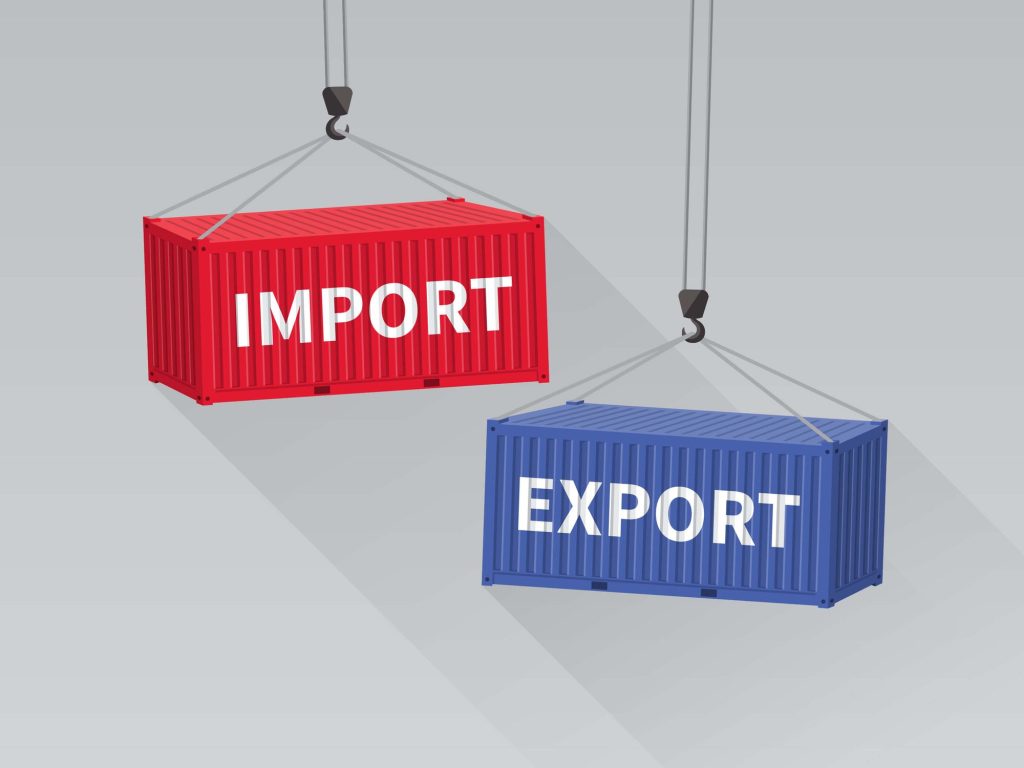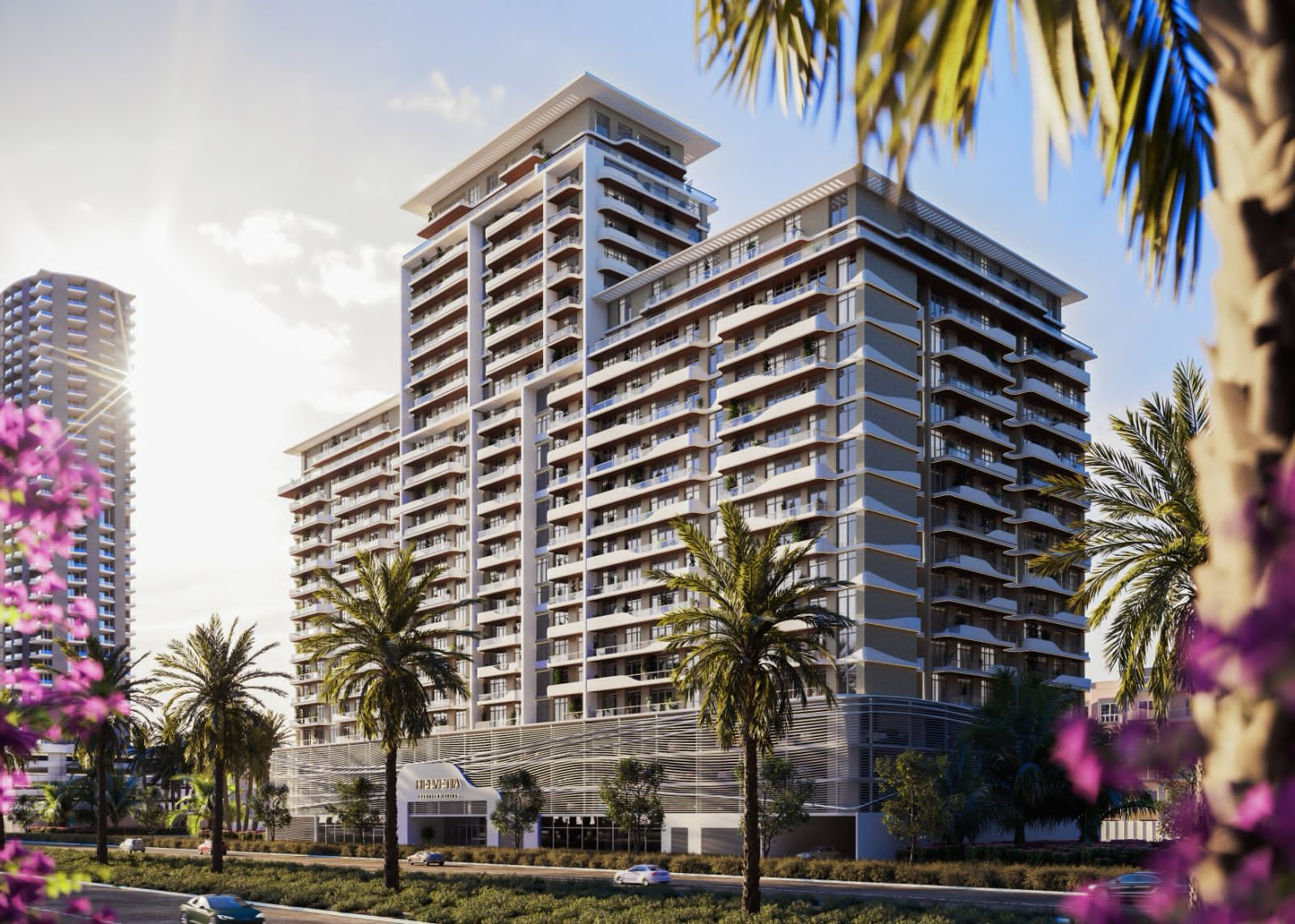Introduction:
Cost-benefit analysis is a crucial process in the real estate industry, as it helps developers determine the most profitable and sustainable options for their projects. This blog will explore the benefits and drawbacks of importing materials and purchasing locally for real estate development, providing a comprehensive comparison between the two approaches.
Importing vs. Purchasing Locally: A Comparison
- Costs:
- Importing: Importing materials from other countries may result in lower production costs due to lower labor rates and cheaper raw materials. However, this can be offset by the increased transportation and customs fe
- Purchasing Locally: Purchasing materials locally may lead to higher production costs due to higher labor rates and raw material prices. However, this can be mitigated by supporting local businesses and ensuring fair wages for workers.
- Environmental Impact:
- Importing: The transportation of materials from abroad can contribute to greenhouse gas emissions and increased carbon footprint. On the other hand, importing materials may result in a lower environmental impact as they are often produced using more sustainable methods.
- Purchasing Locally: Purchasing locally can help reduce the environmental impact of real estate development by supporting local industries and promoting the use of eco-friendly materials.
- Supply Chain Risk:
- Importing: Importing materials from other countries can expose developers to supply chain risks, such as fluctuating exchange rates, tariffs, and potential shortages.
- Purchasing Locally: Purchasing materials locally can help mitigate supply chain risks by ensuring a stable and consistent supply of materials.
- Local Economic Benefits:
- Importing: While importing materials may lead to lower production costs, it can also result in job losses for local workers as they may be displaced by cheaper foreign labor.
- Purchasing Locally: Purchasing locally can help support local economies by creating jobs and stimulating the local economy.
Conclusion:
The decision between importing and purchasing locally for real estate development depends on various factors, including cost, environmental impact, supply chain risk, and local economic benefits. Developers should carefully consider these factors when making their decisions to ensure long-term sustainability and success for their projects.
References:
- World Bank. (2021). Global Supply Chain Risk Report. Retrieved from https://www.worldbank.org/en/topic/supplychain/overview
- United Nations Environment Programme. (2020). Emissions Trading: A Guide for Policymakers. Retrieved from https://www.unep.org/sites/default/files/2020-07/emissions_trading_guide_for_policymakers_-_web.pdf
- International Trade Administration. (2021). The Benefits of Buying American. Retrieved from https://www.trade.gov/buy-american










